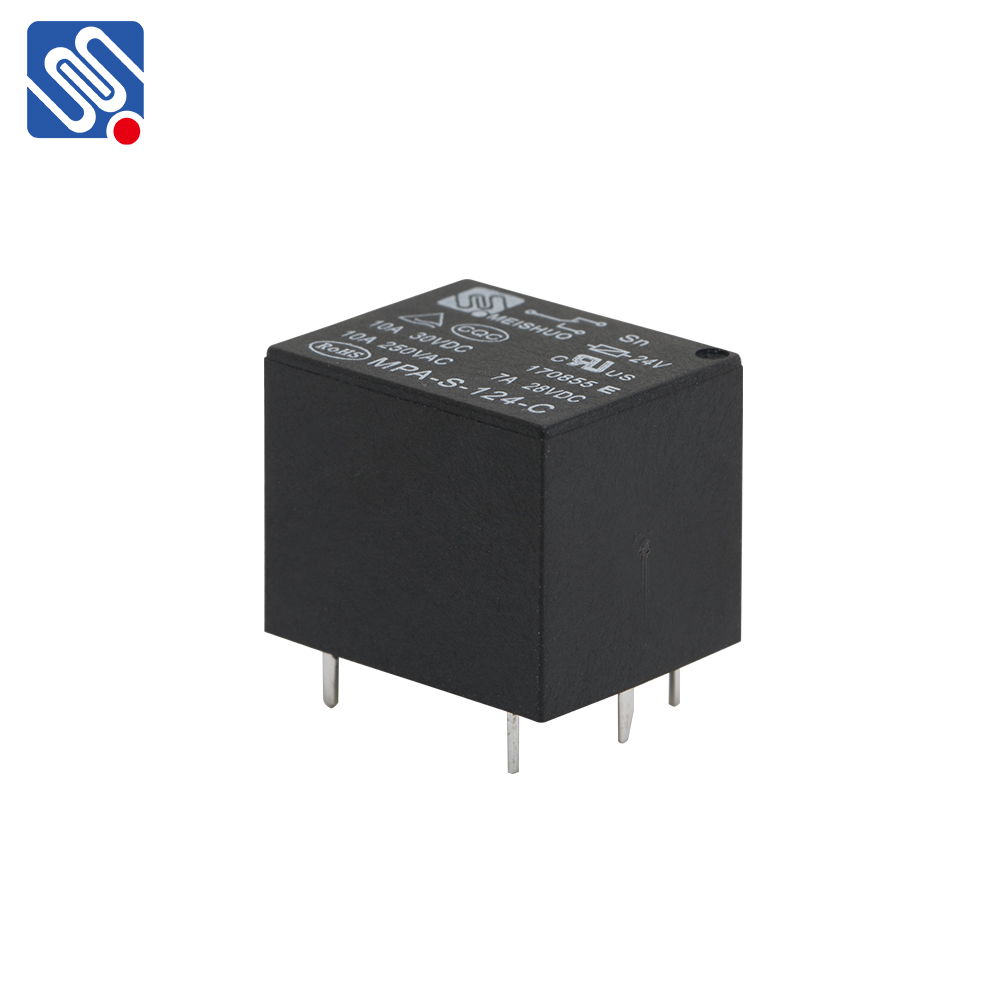Relay product development is a critical process in both electronics and software engineering, where products must function reliably under varying conditions. Whether designing a physical relay for electrical circuits or developing a software-based relay system for networking, the goal is the same: to ensure the smooth and efficient transmission of signals or data. In this article, we will explore the key aspects of Relay product development, focusing on both hardware and software perspectives.

Understanding Relay Product Development At its core, relay product development involves the design, testing, and optimization of relays to meet specific user needs. A relay is essentially a switch that opens or closes a circuit in response to a signal, often from another circuit. In an electronic context, these relays are crucial for controlling high-power devices with low-power signals. Meanwhile, in software, a relay can act as a middleware to pass messages between different components of a system. Key Considerations in Relay Product Development 1. Type of Relay The first step in developing a relay-based product is selecting the type of relay needed for the application. There are several categories of relays, including electromechanical relays (EMRs), solid-state relays (SSRs), and hybrid relays, each with its own benefits and limitations. Electromechanical relays are commonly used in low to medium-power applications due to their relatively low cost and simplicity. In contrast, solid-state relays are more suitable for high-speed or high-frequency operations, and they offer longer lifespans due to the absence of mechanical parts.